Thank you to everyone who took the time to fill in a Carnaby’s Cockatoo Sightings report earlier this year! Your sightings were added to those of many other community members across the South West Catchments Council (SWCC) region, contributing more than 150 historical sightings of black cockatoos, including the endangered Carnaby’s cockatoo, to an online survey aimed at understanding the habitat these birds are using across the region.
Prior to this survey, there were only two registered breeding sites for the Carnaby’s cockatoo within the agricultural areas of the SWCC region. Thanks to the efforts of the local community, a further nine breeding sites have been reported. Now, the local Landcare groups involved will undertake detailed surveys of these nine sites in the breeding season.
In addition to the nine breeding sites reported, a further 26 roosting sites and 91 feeding locations were also reported in the survey. Nineteen sightings of locations where cockatoos were drinking were also reported. Feeding and drinking sites are particularly important to understand as the availability of these sites are crucial for the birds to breed successfully.
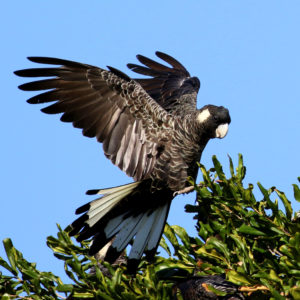
Many landholders also contributed to the survey by reporting that they had not seen black cockatoos using their properties. This information is almost as important as knowing where the birds breed, roost and feed, as it ensures that efforts are not wasted trying to find birds in areas that they don’t regularly use.
With Carnaby’s cockatoos now having moved inland to breed this year, the survey effort will continue to gather information on the areas that the birds are currently using. Community members are encouraged to continue to contribute sightings to the survey which can be accessed at https://app.maptionnaire.com/en/7399/. Alternatively sightings can be reported to your local landcare group – in Katanning, that’s us at Katanning Landcare (email hello@katanninglandcare.org.au).
The information gathered through this ongoing survey will help to guide on-ground work to improve breeding outcomes, by ensuring that nesting sites have enough hollows for breeding birds as well as having adequate feeding and watering areas within the area surrounding these sites.
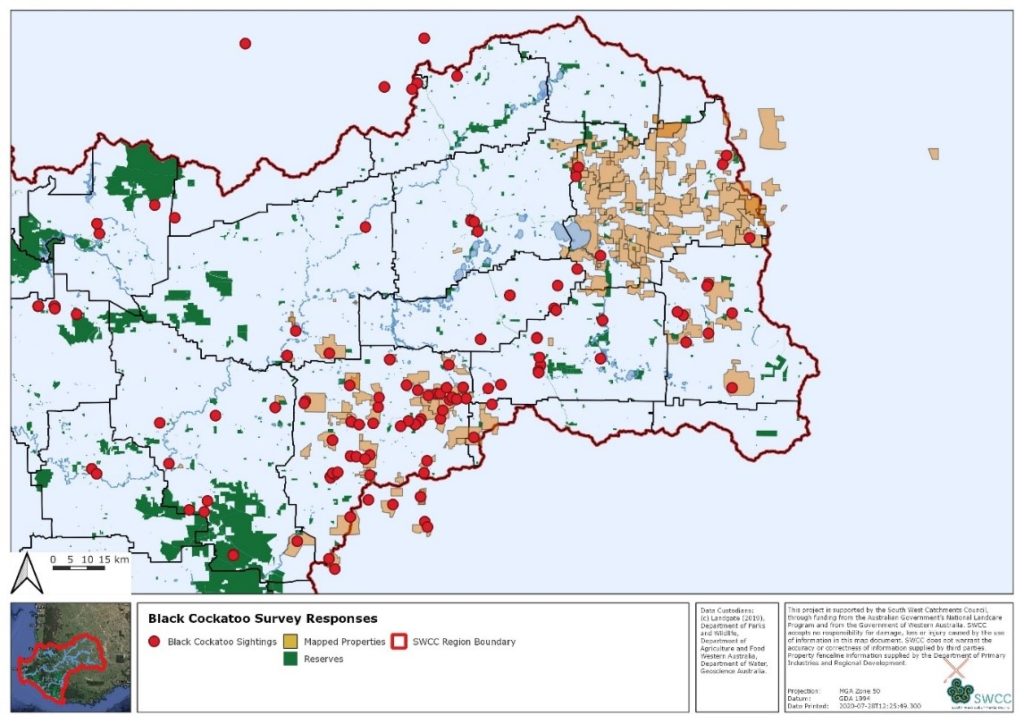
Map showing reported sightings of black cockatoos and properties mapped in the current survey.
The more we know about where these birds are, have been, or have disappeared from, the more conservation work we will be able to do to help save them, and with their numbers on the decline, we need as much information about them as possible, so we can start to plan how to help these birds survive.
The focus is mainly on the threatened Carnaby’s black cockatoo but we are also keen to find out about Baudin’s and Red-tailed black cockatoos. The Carnaby’s are severely threatened and they could become extinct in the wild within our lifetime as they are losing more habitat each year!
If you would like to report a black cockatoo sighting, contact Andrea on 9821 4327 (please leave a message, or I won’t know you’ve called) or via email hello@katanninglandcare.org.au or go direct to the link https://app.maptionnaire.com/en/7399/ to fill in your sighting information.
 Carnaby’s Black Cockatoo (white tail, shorter, wide beak, white facial marking)
Carnaby’s Black Cockatoo (white tail, shorter, wide beak, white facial marking)
 Baudin’s Black Cockatoo (white tail, longer narrow beak, white facial marking)
Baudin’s Black Cockatoo (white tail, longer narrow beak, white facial marking)
 Forest Red-tailed Black Cockatoo (red tail, no white facial marking)
Forest Red-tailed Black Cockatoo (red tail, no white facial marking)
Thanks so much, everyone!

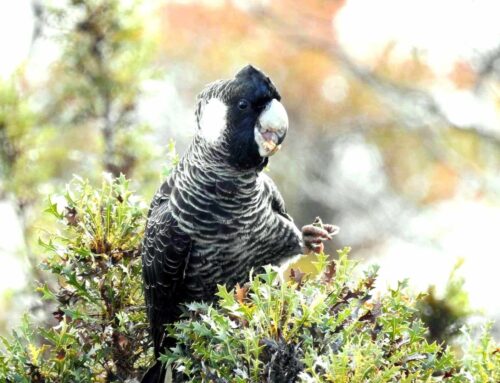

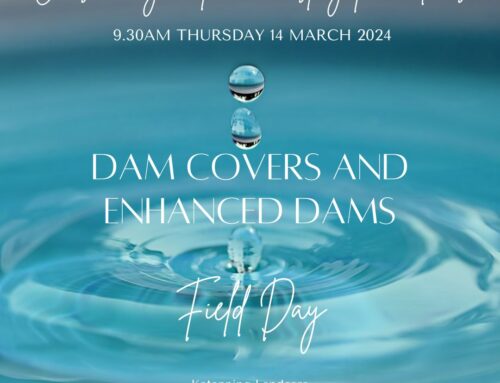
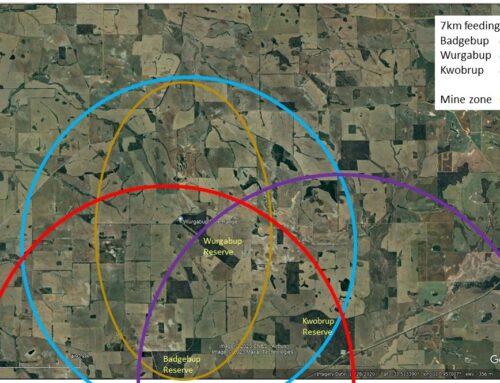
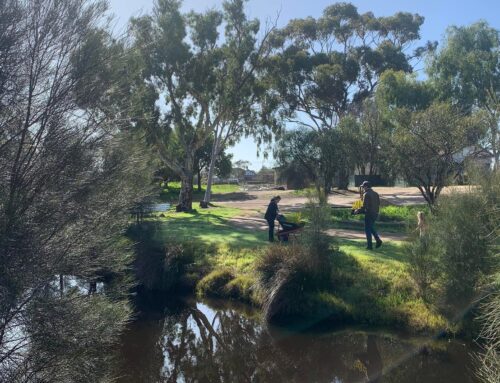
Leave A Comment